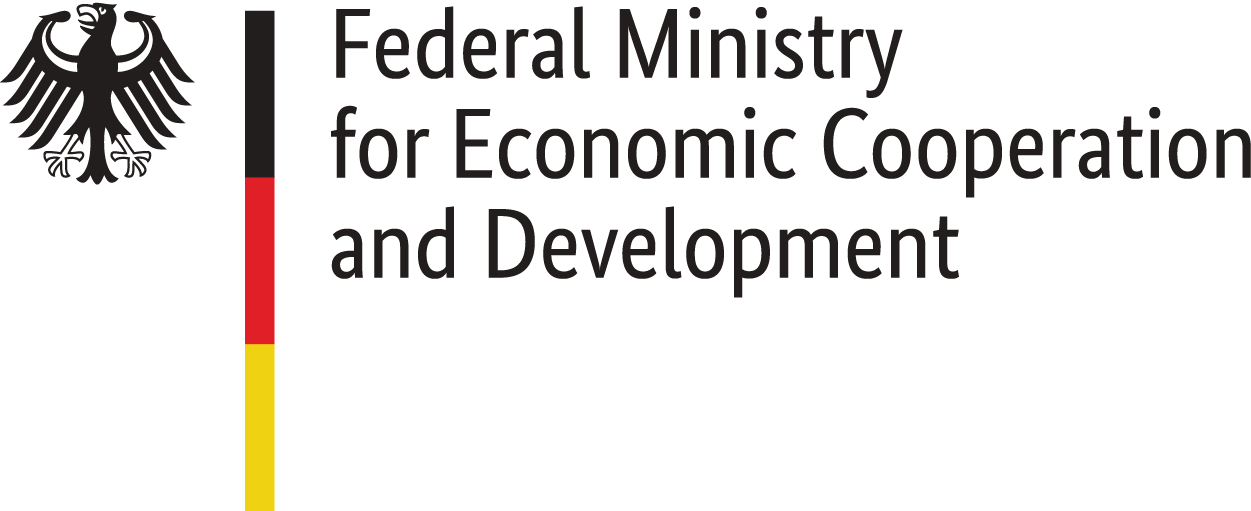Society
As of February 2021, Turkey's population reached 83,614,362, of which 50.1 percent are men and 49.9 percent are women. The annual population growth rate decreased from 13.9 per thousand in 2019 to 5.5 per thousand in 2020. The proportion of the population residing in province and district centers, 92.8 percent in 2019, became 93 percent in 2020. The proportion of the population living in towns and villages decreased to 7 from 7.2 percent. The province with the highest population is İstanbul with 15 million 462 thousand 452 people (TurkStat 2021).
The number of live births was 1 million 183 thousand 652 in 2019. The fertility rate was 2.38 percent in 2001 and 1.76 in 2020 (TurkStat May 2021). According to the United Nations (UN) definition; the child population, including the 0-17 age group, was 27.2 percent in 2020. The province with the highest child population rate in 2020 was Şanlıurfa with 45.3 percent. Şanlıurfa was followed by Şırnak with 42.8 percent and Ağrı with 40.9 percent. The three provinces with the lowest child population ratio are respectively; Tunceli with 17.3 percent, Edirne with 18.1 percent and Kırklareli with 18.7 percent. Turkey's child population rate was 27.2 percent, higher than that of the European Union (EU) member states (TurkStat April 2021).
According to the 2020 data from the TurkStat, the rate of illiteracy was 2.4 percent (approximately 2 million people), varying significantly between 0.3 percent for men and 2 percent for women (TurkStat May 2020).
The number of unemployed people aged 15 and over in Turkey decreased by 408 thousand people in 2020 compared to the previous year and became 4 million 61 thousand people. Unemployment rate decreased by 0.5 percentage points to 13.2 percent (TurkStat March 2021). The women’s workforce decreased by 918 thousand people in the last year to 9 million 768 thousand, and the men’s workforce decreased by 758 thousand to 21 million 105 thousand. Thus, the total workforce decreased by 5.1 percent, the men’s workforce by 2.5 percent and the women’s workforce by 8.2 percent in the last year (DİSK-AR, March 2021).
Unemployment among the graduates of the journalism department was 19.2 percent in 2016; 19.1 percent in 2017; 23.8 percent in 2018; 21.8 percent in 2019.
According to the data shared by the Journalists' Union of Turkey (TGS) in reference to a report by the Ministry of Family, Labour and Social Services of the Republic of Turkey, by July 2020, the total number of registered employees in journalism was 86,505.
According to the data, the number of newspapers that had the right to publish official advertisements in Turkey was 1,051 in 2020. The total number of employees in these newspapers was 7,204. Of this number, 4,863 were men and 2,341 were women (BİK, Press Statistics 2020).
While Turkish is the only official language, a total of 70 languages are spoken in the country. The rising request for education in the mother language is still a current topic, especially among Kurds. In the 12-year mandatory education system introduced in the 2012-2013 academic year, students were offered elective courses focused on the Quran, Life of Mohammad the Prophet, Fundamentals of Religion, Reading Skills, Writing and Writing Skills, Living Languages, and Dialects, Communication and Presentation Skills, Foreign Languages. These classes have a requirement of at least 10 applications. The school managements' influence on the selection of these classes is also an issue of discussion. Living languages courses include Abkhazian, Circassian, Kurdish, and Zazaki. There is not enough information as to the course of implementation so far. According to a statement from the Ministry of National Education, as of February 2016, 59 lecturers were appointed for Kurdish and Zazaki classes. In Turkey, where an overwhelming majority is accepted as Sunni Muslims, there are violations of the right to diverse faiths, including the Alevi faith, and right to impiety.
After the Syrian Civil War started in 2011, more than half of Syria's pre-war population of 22 million have fled their homes and almost over 5 million are registered as refugees abroad. According to the United Nations High Commissioner for Refugees (UNHCR) data (August 5, 2021), the number of registered Syrian refugees in Turkey is 3,696,919. According to the Social, Economic, and Political Research Foundation of Turkey report, about two-thirds of the respondents think Syrians receive preferential treatment and are an economic burden on Turkey's economy.






